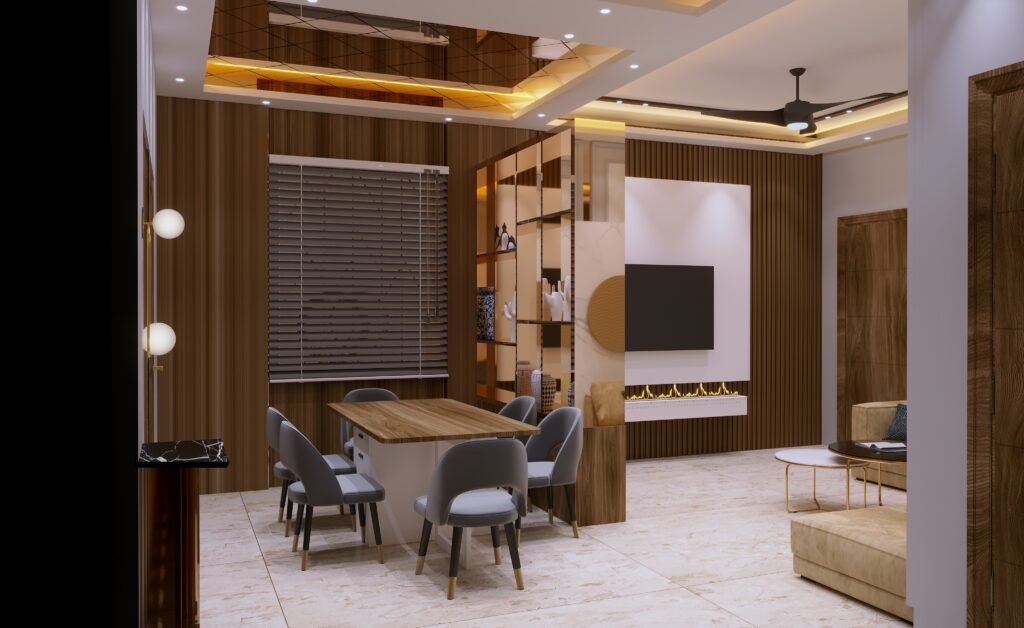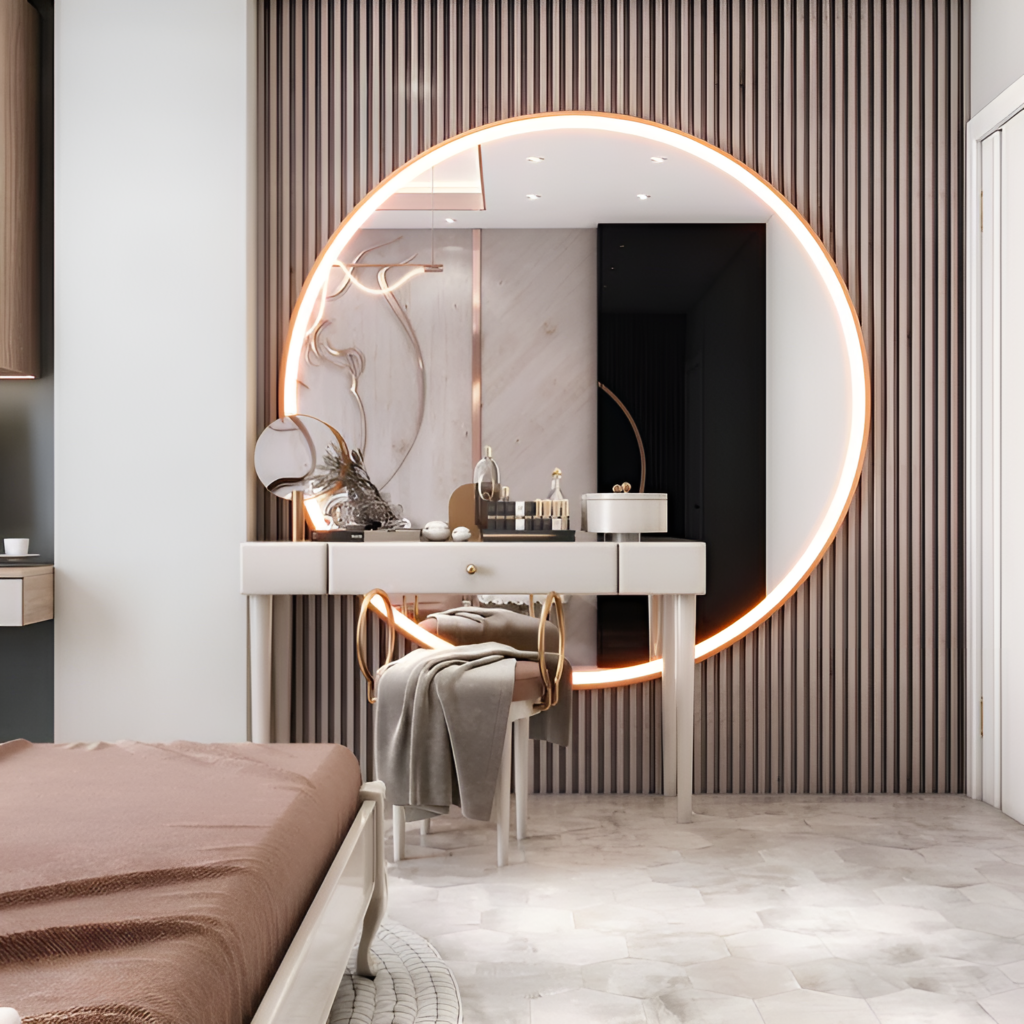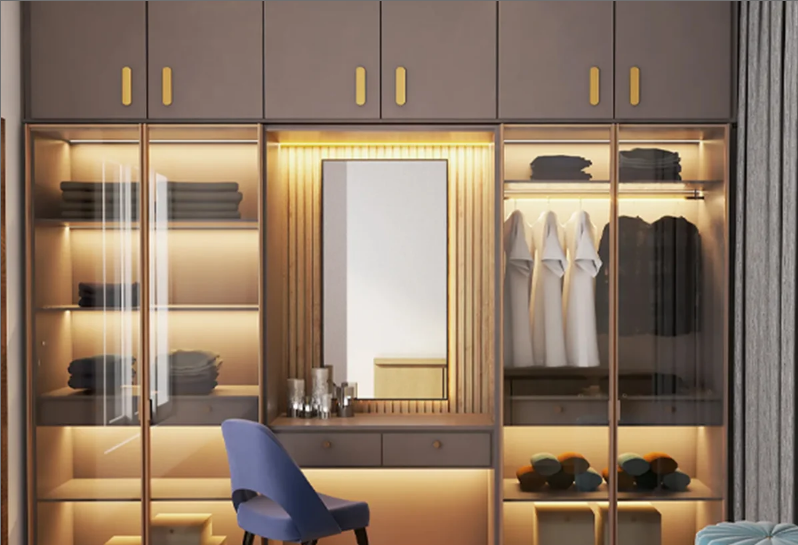MODULAR FURNITURE
A modular kitchen combines style and functionality, featuring customizable cabinets, efficient storage, and modern appliances. Designed for convenience and aesthetics, it maximizes space utilization, offering a sleek, organized, and contemporary cooking area tailored to individual preferences and home decor.
1. Conceptual Drawings
Purpose: Illustrate the initial design ideas and configuration concepts for modular furniture.
Examples: Rough sketches, mood boards, and design mood diagrams.
Tools: Hand-drawn sketches, software like AutoCAD, SketchUp, or Rhino.
Conceptual drawings are early-stage sketches or visual representations that explore the basic design idea and overall vision for a project. They focus on the layout, aesthetic, and feel of a space, allowing designers and clients to refine ideas before finalizing detailed plans and specifications.


1. Conceptual Drawings
Purpose: Illustrate the initial design ideas and configuration concepts for modular furniture.
Examples: Rough sketches, mood boards, and design mood diagrams.
Tools: Hand-drawn sketches, software like AutoCAD, SketchUp, or Rhino.
Conceptual drawings are early-stage sketches or visual representations that explore the basic design idea and overall vision for a project. They focus on the layout, aesthetic, and feel of a space, allowing designers and clients to refine ideas before finalizing detailed plans and specifications.

2. Product Specifications Drawings
Purpose: Provide detailed technical information for manufacturing modular furniture components.
Details Included: Dimensions, materials, joinery details, and structural components.
Common Scale: 1:10, 1:5, or full-scale details for specific parts.
Product specification drawings provide detailed information about a product’s design, materials, dimensions, and functionality. These drawings serve as a guideline for manufacturers, ensuring the product is built according to the required standards and meets the intended purpose, quality, and performance criteria.
3. Assembly/Configuration Plans
Purpose: Show how modular pieces fit together or can be arranged in various configurations.
Details Included: Assembly instructions, part labels, connection points, and dimensions for reconfiguring pieces.
Common Scale: 1:20 or 1:25 for layout representation.
Assembly or configuration plans illustrate how various components of a product or structure fit together. These drawings show the step-by-step process of assembly, detailing the arrangement, connections, and integration of parts. They guide construction or production teams to accurately assemble the final product or system.


3. Assembly/Configuration Plans
Purpose: Show how modular pieces fit together or can be arranged in various configurations.
Details Included: Assembly instructions, part labels, connection points, and dimensions for reconfiguring pieces.
Common Scale: 1:20 or 1:25 for layout representation.
Assembly or configuration plans illustrate how various components of a product or structure fit together. These drawings show the step-by-step process of assembly, detailing the arrangement, connections, and integration of parts. They guide construction or production teams to accurately assemble the final product or system.

4. 3D Renderings or Perspective Views
Purpose: Visualize the final look and feel of modular furniture in a given space.
Details Included: Perspective views, texture simulations, and color/material options.
Tools: Rendering software like V-Ray, Blender, or KeyShot.
3D renderings or perspective views are realistic, computer-generated images that showcase a design from different angles. These visuals help clients and designers visualize the finished space or product, offering a detailed representation of the materials, lighting, and spatial relationships before construction or production begins.
5. Installation and Placement Plans
Purpose: Guide the placement of modular furniture in a space to ensure proper layout and functionality.
Details Included: Furniture placement in a room or office, required clearances, and pathways for movement.
Common Scale: 1:50 or 1:100 for furniture layout within the larger space.
Installation and placement plans detail the specific locations and methods for installing equipment, furniture, or fixtures within a space. These plans show the exact positioning, dimensions, and required setups, ensuring that all elements are correctly placed and aligned for optimal functionality and design integration.



